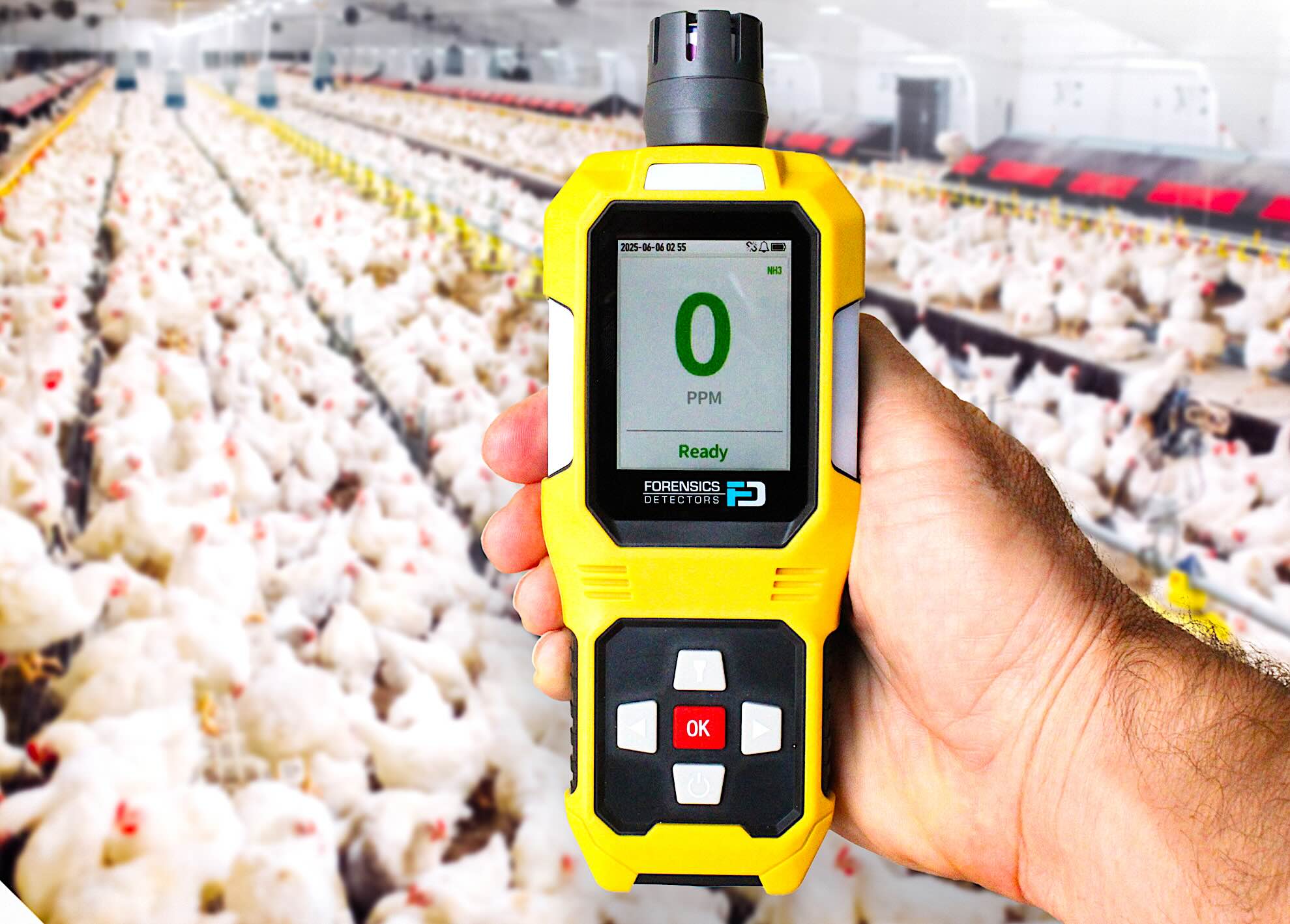Articles
Best Hydrogen Cyanide Detector (2025 update)
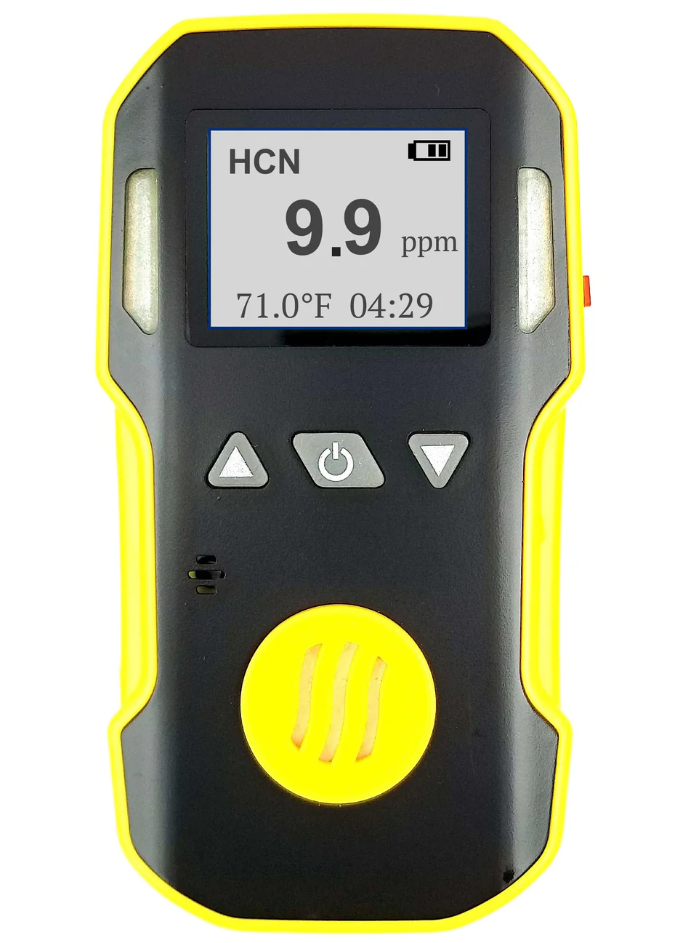
A hydrogen cyanide detector, also known as an HCN gas detector, senses the concentration of HCN in the air. These devices are used for personal protection in hazardous gas environments. Hydrogen cyanide is used for chemical processes, fumigation, mining, electroplating, and the production of synthetic plastics. In addition, HCN is emitted during reactions between cyanide and acid or combustion.
Best Hydrogen Chloride (HCl) Detector (2025 udpate)
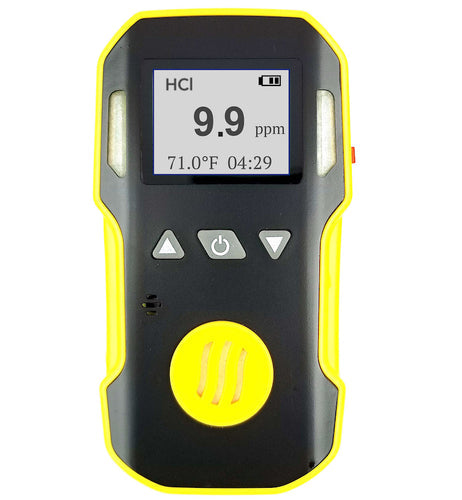
A hydrogen chloride detector, also known as an HCl gas detector, senses the concentration of hydrogen chloride (HCl) in the air. These devices are used for personal protection in hazardous gas environments. Hydrogen chloride is used in cleaning, pickling, electroplating, tanning leather, refining, and many chemical processes. In addition, HCl is used to treat oil and gas wells.
Best Phosphine Gas Detector (2025 update)
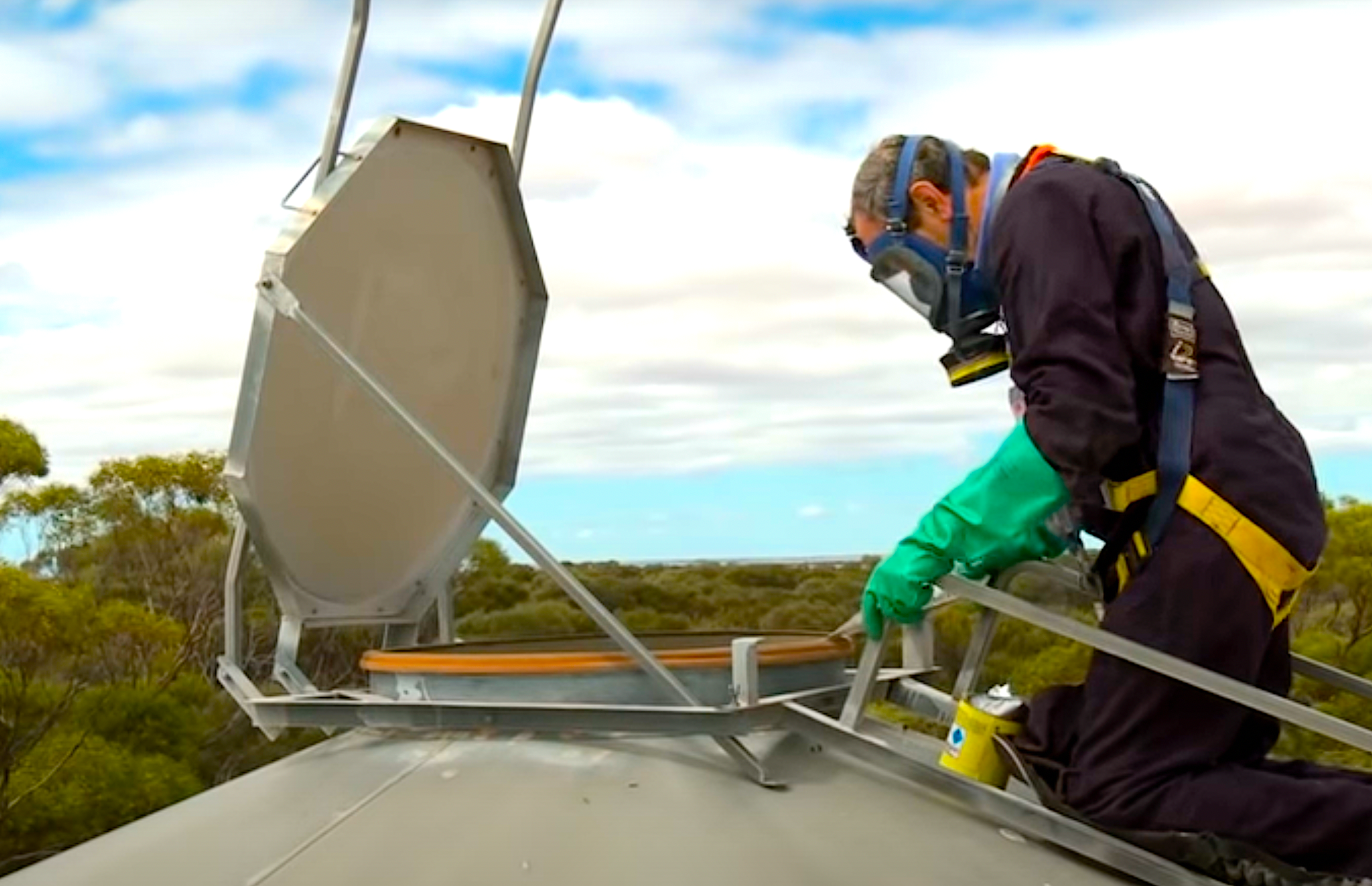
A phosphine detector, also known as a PH3 gas detector, senses the concentration of phosphine (PH3) in the air. These devices are used for personal protection in hazardous gas environments. Phosphine is used as an insecticide and rodenticide for fumigation of grains, tobacco, and animal feed. In addition, the gas is used as an intermediate in many chemical processes.
Best Sulfur Dioxide Detector (SO2) 2025 update
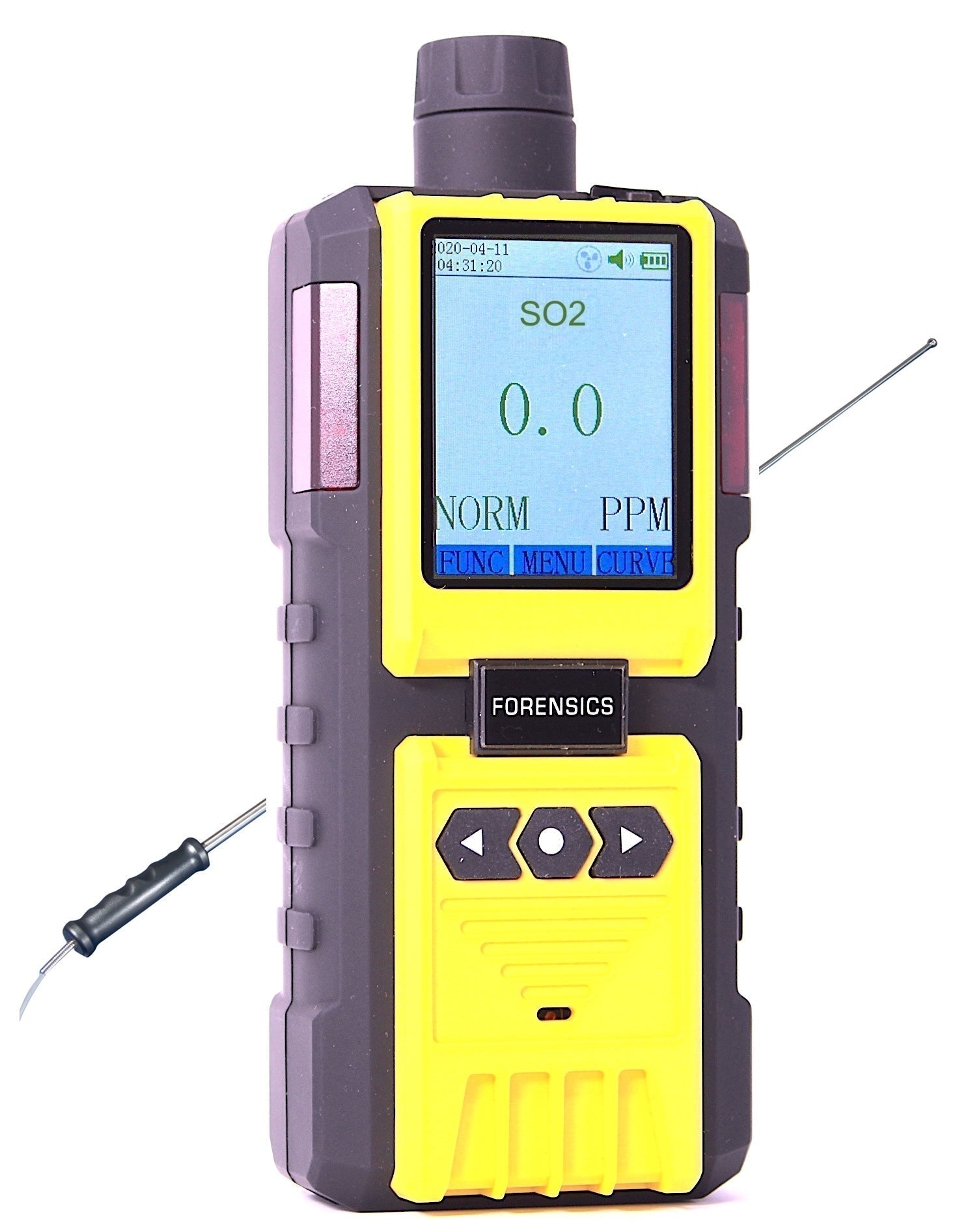
A sulfur dioxide detector senses the concentration of sulfur dioxide (SO2) in the air. These devices are used for personal protection in hazardous gas environments. SO2 is used in many industrial applications including chemical processes, bleaching wood pulp and paper, food processing, and waste treatment. In addition, sulfur dioxide is generated during coal and petroleum combustion. SO2 is recognized as a major pollutant, posing risks to the workplace and environment.
Best Nitrogen Dioxide Detector (NO2 Air Quality in 2025)
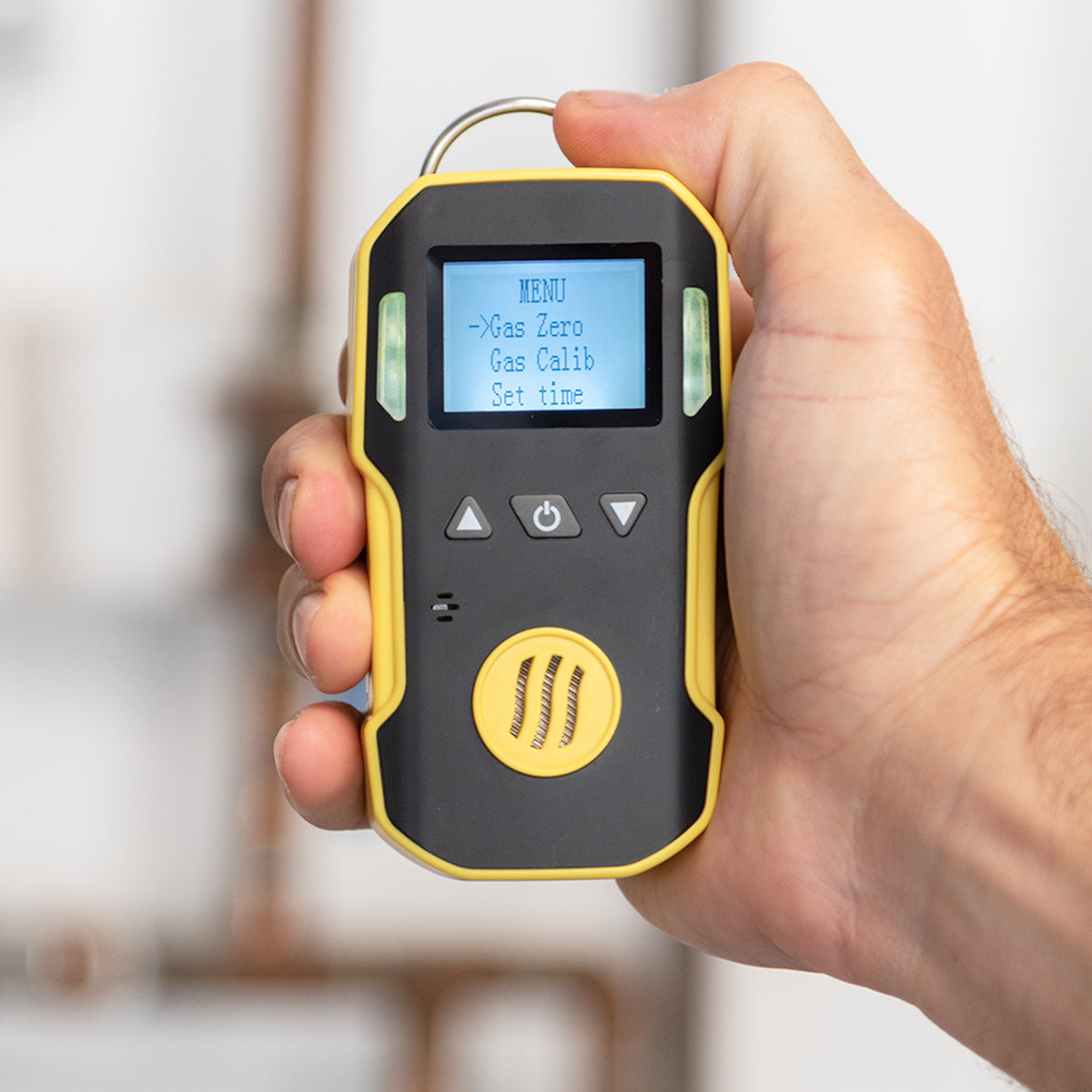
A nitrogen dioxide (NO2) detector senses the concentration of nitrogen dioxide gas in the air. These devices are used for personal protection in hazardous gas environments and to track NO2 levels produced by emissions. NO2 gas is a by-product of combustion and produced by diesel engines, coal-fired power stations, wastewater plants, and manufacturing processes.
Best Ethylene Oxide Detector (2025 update)
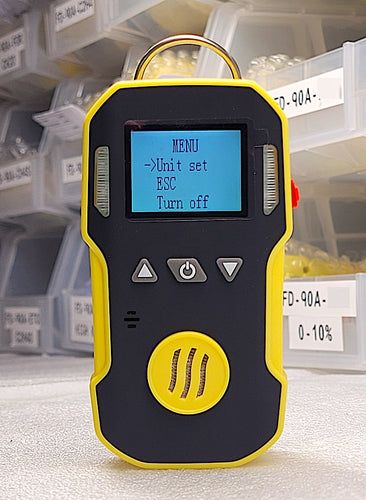
An ethylene oxide gas detector, also known as an ETO gas detector, senses the concentration of ethylene oxide (C2H4O) in the air. These devices are used for personal protection in hazardous environments and to confirm gas levels for sterilization purposes. Along with sterilizing medical equipment, ETO is used as fumigant pesticide and fungicide in agriculture, grain, and food production.
Best Marine CO Detector (for Boats in 2025)

Carbon monoxide (CO) monitoring in boats and houseboats is paramount for your safety. Boats are confined spaces which quickly become gas chambers if carbon monoxide leaks in the cabin, sleeping quarters, or cockpit. Carbon monoxide can also accumulate in the stern of the boat. The main sources of carbon monoxide are generator and boat motor exhaust.
Carbon Monoxide Detector for Camper (2025 update)

Carbon monoxide must be monitored in RVs and campers. These are confined spaces - if carbon monoxide was to accumulate, the limited volume would be filled with carbon monoxide in a very short time. Each year, there are many deaths from carbon monoxide poisoning in RVs, campers, trailers, and boats. The main sources of CO include generator exhaust and propane or butane appliances.
Top 5 Air Quality Monitors for the Home (2025 update)
Best Hydrogen Detector (2025 update)
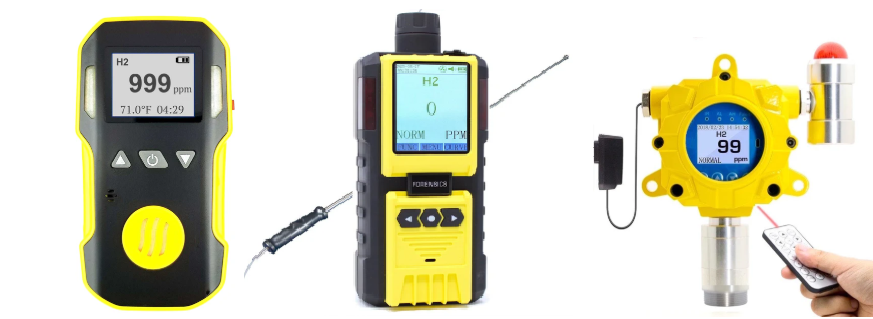
A hydrogen gas detector senses hydrogen (H2) concentration in the air. These analyzers are used for personal protection in hazardous gas environments. They are also found in industrial settings, battery storage centers, and hydrogen fuel cell facilities. Hydrogen is an important alternative source of energy storage, but can become dangerous if a leak occurs and accumulates indoors.
Ammonia Detector for Livestock (2025 update)
Best Oxygen Detector for Air Levels (2025 update)
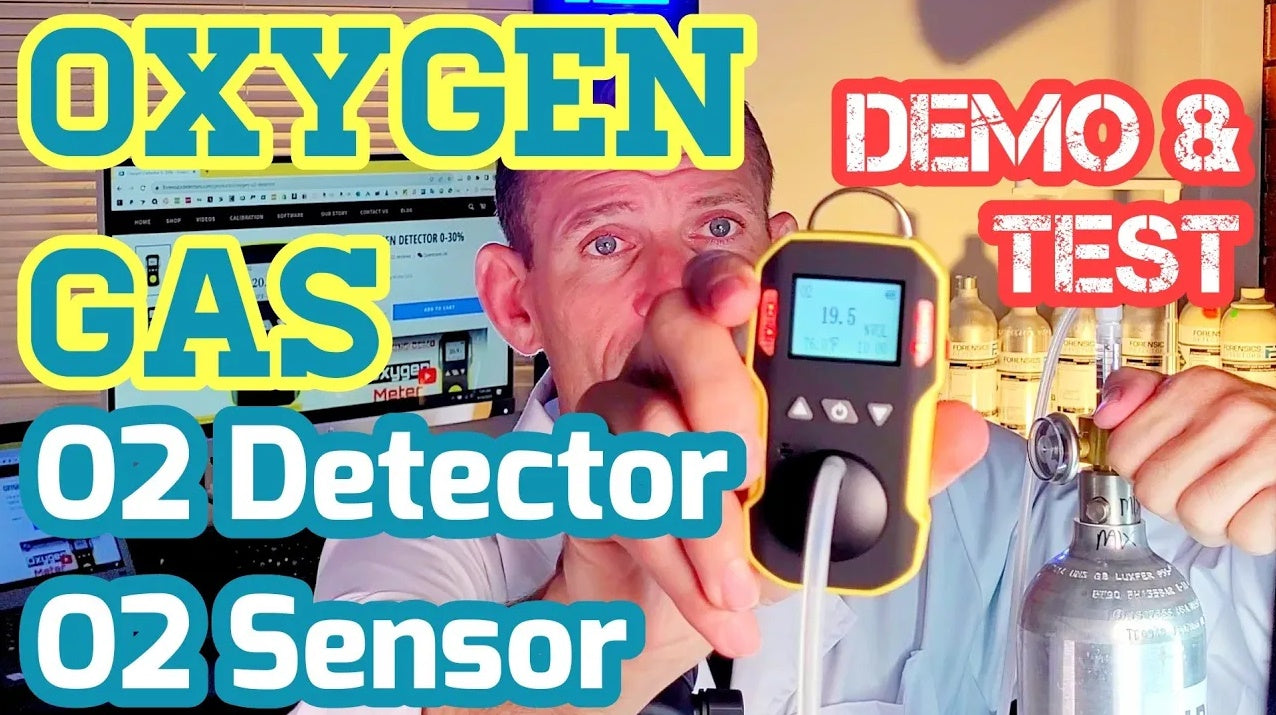
A oxygen analyzer can measure O2 concentrations in the air. It is common to these devices when analyzing indoor air quality, oxygen deficient processes, or residual oxygen after an inert gas flush. Oxygen detectors typically analyze concentrations less than 20.9%. In some applications, enriched oxygen levels may need to be measured.
Best Oxygen Analyzer for Welding (2025 update)
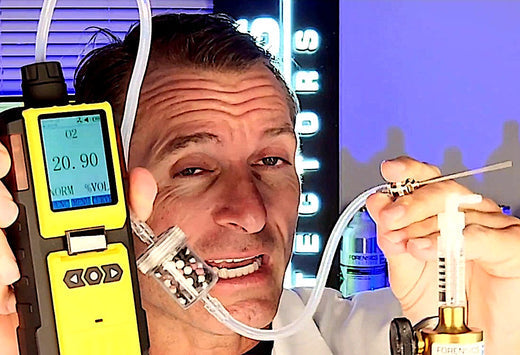
Oxygen (O2) analyzers are used to confirm an inert environment for the best welding results. These detectors continuously operate to confirm low levels (less than 100 ppm) of oxygen. O2 analyzers typically include a probe, pump, oxygen sensor, and display. Oxygen analyzers for welding have reduced in price over the past few years, now retailing for less than $500.
Best H2S Monitor (2025 update)
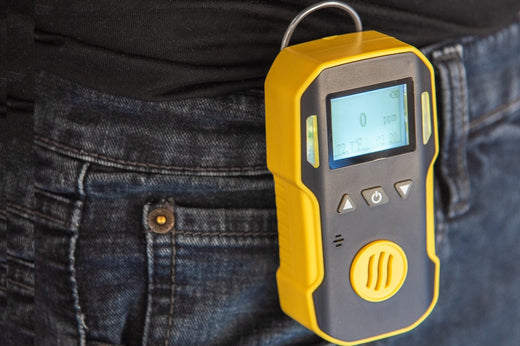
A hydrogen sulfide (H2S) monitor detects H2S gas concentrations in the air. It is used for personal protection in hazardous gas environments such as tanks, vessels, silos, pits, manholes, and tunnels. An H2S monitor is used to warn the user of unsafe air quality via audible, visual, and vibration alarms. Hydrogen sulfide gas monitors are often used in maritime, oil and gas, construction, mining, water, and wastewater industries.
Best Low Level Carbon Monoxide Detector (updated for 2025)
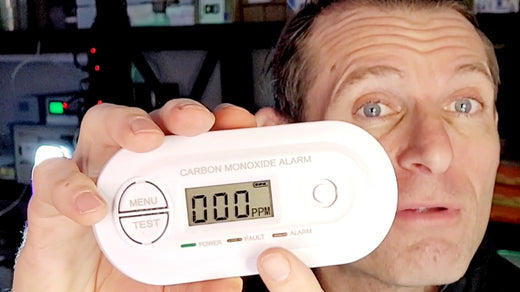
Carbon monoxide (CO) is a deadly gas and can even become a health risk at low levels. Low level carbon monoxide detectors alarm occupants at 25 ppm, compared to generic CO alarms that trigger at 70 ppm after 60 minutes. Obtaining a quick-alarming carbon monoxide detector offers health benefits, especially for the elderly, pregnant, and those with pre-conditions.
Best 4 Gas Monitor for Confined Space (2025 update)
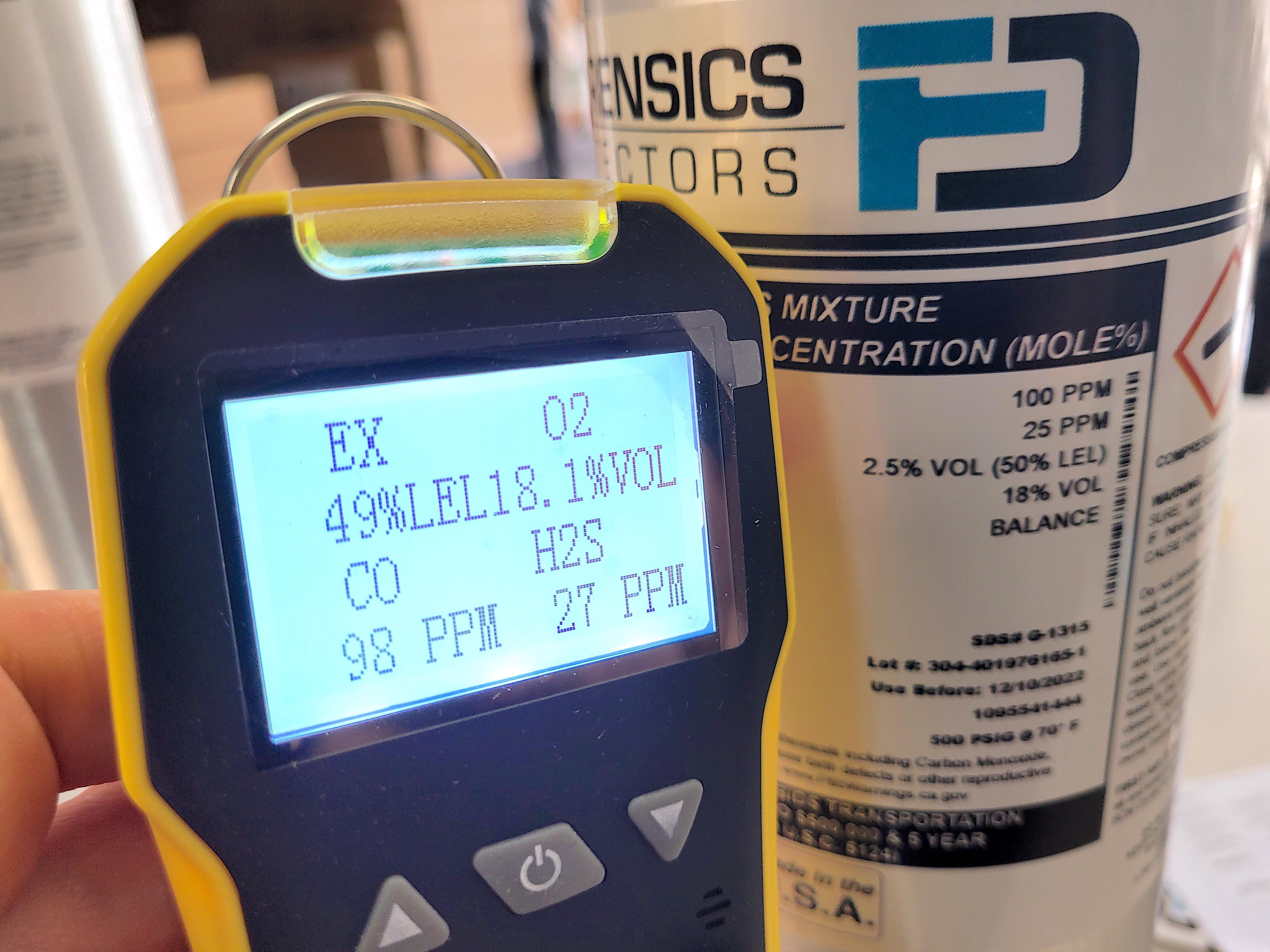
A 4 gas monitor detects gases such as carbon monoxide (CO), oxygen (O2), hydrogen sulfide (H2S), and combustibles (EX). When air quality is compromised, these devices are used for personal protection. Examples of hazardous gas environments include confined spaces such as tanks, vessels, silos, and tunnels.
Best Natural Gas Leak Detector (2025 update)
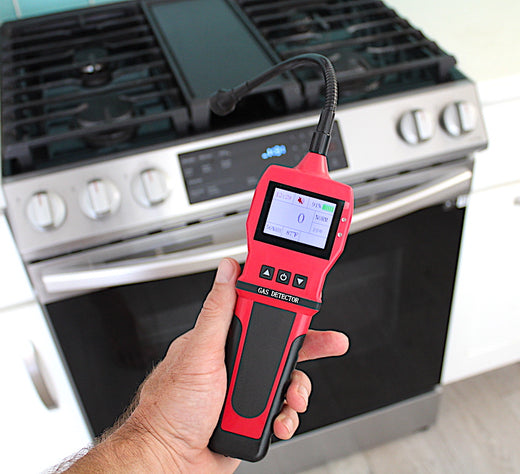
Gas leak detectors are used to find leaks in natural gas pipes, fittings, and connectors. In industrial settings or homes gas leaks tend to occur with natural gas. They can also happen with propane when cooking on the grill, traveling in an RV, or camping. To ensure safety in occupational spaces, gas leak detectors are used to monitor confined spaces, silos, and tanks for any combustible residue.
Best Oxygen Analyzer for Oxygen Machine (2025 update)
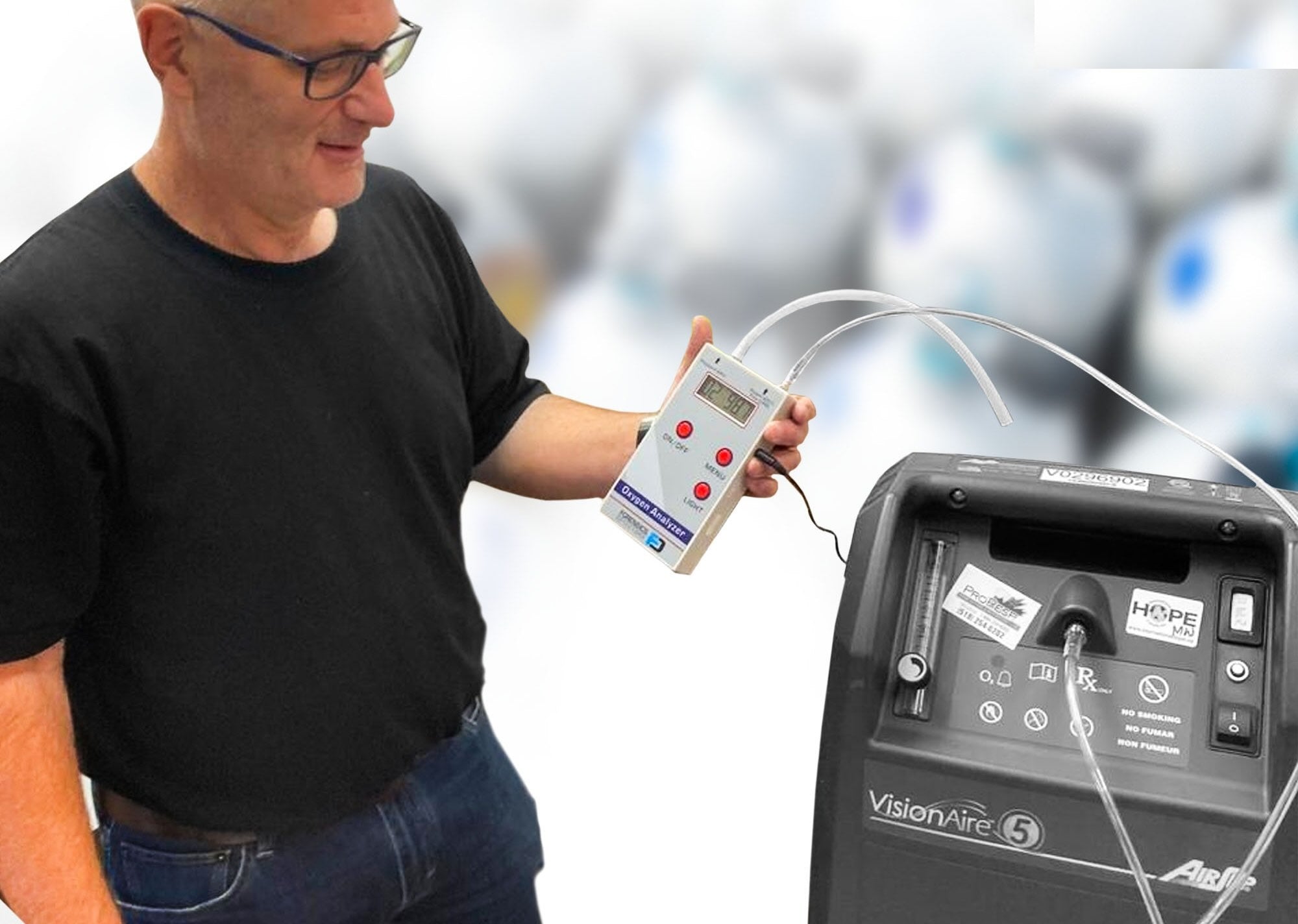
Oxygen analyzers measure oxygen levels produced by oxygen generators, oxygen concentrators, oxygen systems, and oxygen machines. Typically, these devices combine measurements of oxygen purity concentration (O2), flow (F), and pressure (P). Oxygen analyzers consist of an ultrasonic sensor that detects both oxygen and nitrogen, ranging in price from $300 to $5,000.
Best Ozone Detector (2025 update)
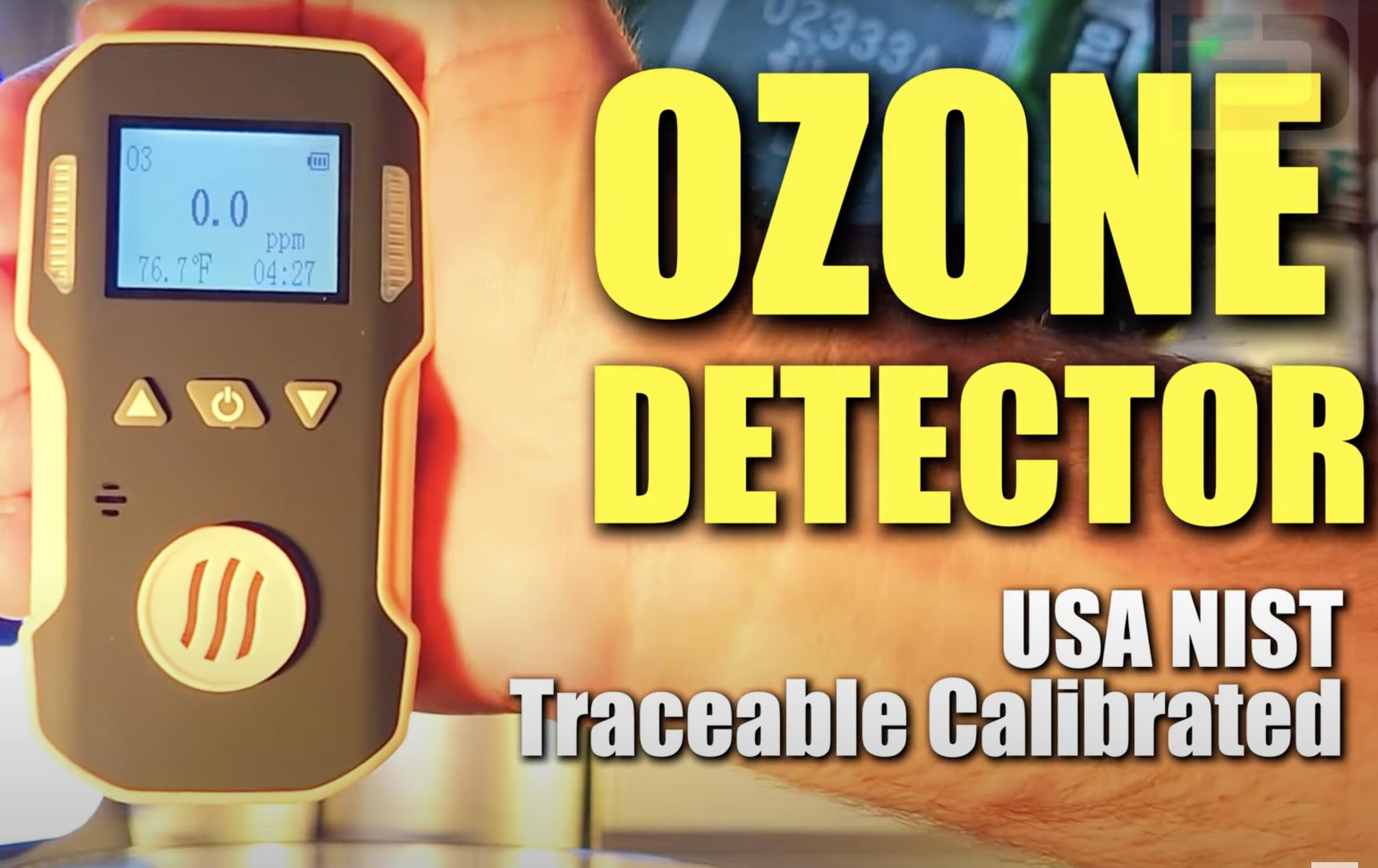
Ozone detectors measure the concentration of ozone in the air. These analyzers can measure ozone in the air to provide a parts per million (ppm) concentration. As an unstable gas, ozone has a unique nature that must be considered during detection. Ozone gas decays to form oxygen as a function of temperature, humidity, time, and air agitation. Therefore, it can be tricky to measure ozone in a consistent fashion. In this guide, we present essential information about ozone detectors and tips to ensure accurate measurements.
CO2 Monitor for Indoor Air Quality (2025 update)
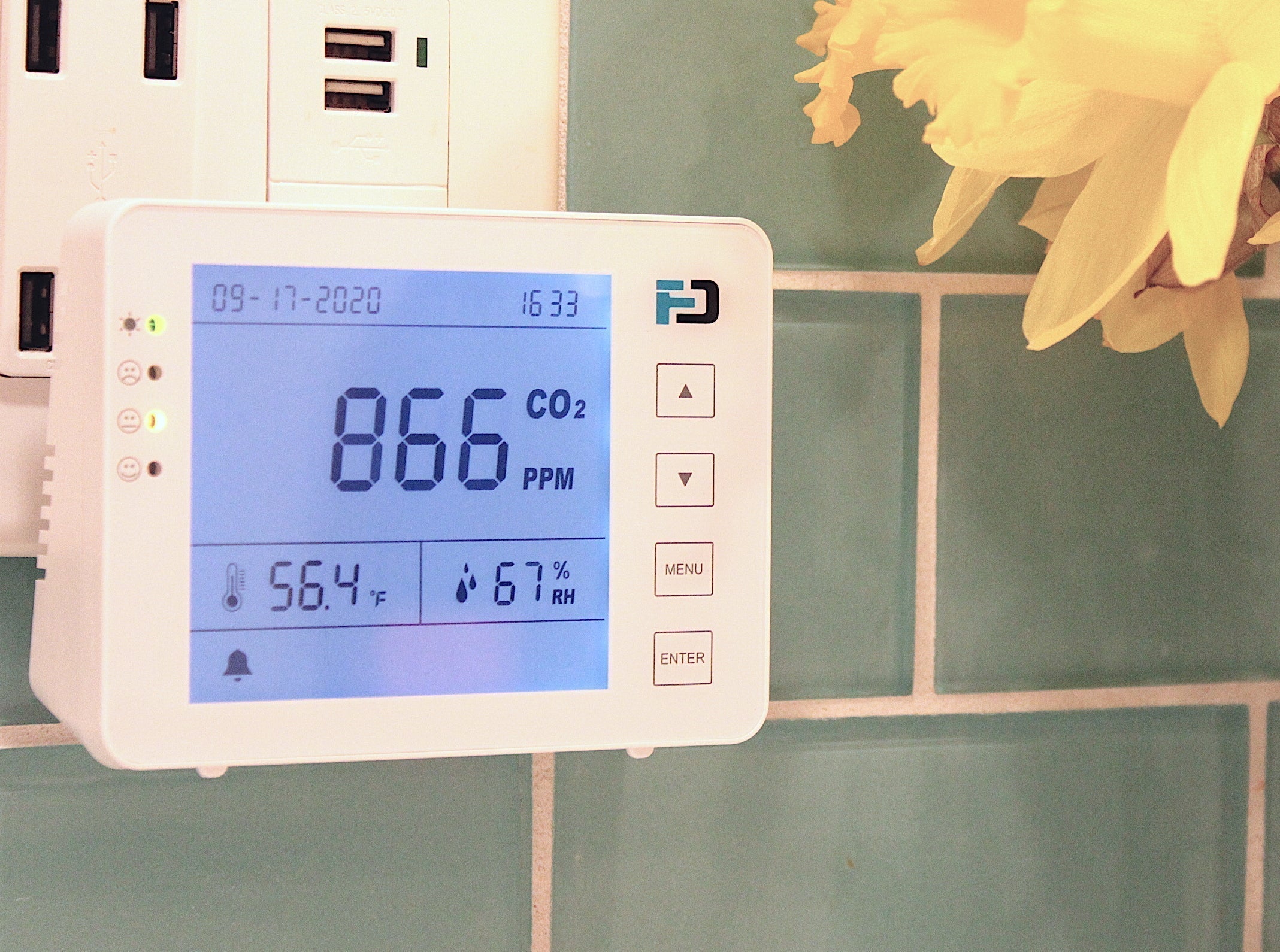
Air quality monitoring has become an important topic since the COVID-19 pandemic. Carbon dioxide (CO2) monitoring has been at the center of the conversation. Used to track air quality levels, CO2 meters are employed in classrooms, gyms, workplaces, and offices. They are a fantastic proxy to pathogen transmission risk and are even required for indoor use in some cases. A typical carbon dioxide monitor has adjustable alarm settings to allow users to be in compliance with various CO2 exposure limits.


